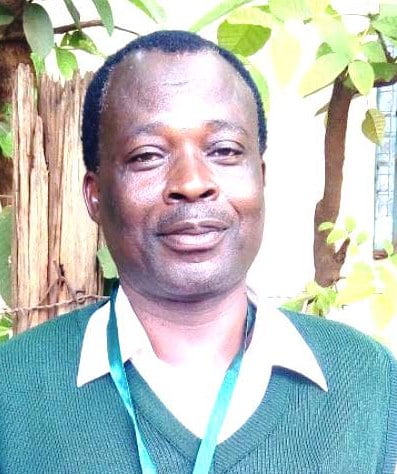By Charles Okoth
It is an obvious fact that performance of candidates in the KCSE English exam is wanting. This seems to be a perennial problem, coming back to haunt us every time results are announced. Very few quality grades are recorded.
It is thus a professional imperative on the part of teachers of English, and the candidates, to approach this area with extra care and emphasis.
The biggest problem with the paper is not essentially its assumed ‘hardness’; it is what I would term the shoddiness of the preparation. I know that many teachers of English may think otherwise; I will therefore be very receptive to suggestions, since essentially, the purpose of this presentation is to IMPROVE performance of our students. Thus the more varied the opinions expressed, the better, since the ideas will be integrated to come up with the best solution.
Why do I term the preparations ‘shoddy’? Simple: the way students and teachers approach study of the books is wanting.
The literature paper essentially examines one’s understanding of a text. One has to have an in-depth portrait of the characters, both major and minor. The learner should watch, and record, the ‘growth’ of these various characters. Atop of that, one has to thoroughly know the themes and sub-themes. The different contexts the writer uses to bring out themes should be fully mastered. The various ways of story-telling should be identified by the reader; the so-called ‘stylistic devises’.
A student who is conversant with all these is indeed ready for the impending examination. They will not fall in the traps examiners set for them to gauge their mastery of the book.
So, how can teachers and students ensure they meet the requirements of these literary thresholds?
The main considerations include:
1. Thematic relevance – the book must have strong themes which are relevant to you, the student. What lesson do you learn from Steinbeck’s The Pearl, for example? Do you think Kino’s people are treated fairly by the powers that be? On one side there is abject poverty: poor residential houses, poor medical services, poor fishing and pearling chances (as it were), and the like. This is contrasted to the rich colonizers. The cheating and hypocrisy of the church, there is also cheating by the pearl buyers.
2. Interest: the story MUST be attractive to readers. It should have a strong, gripping storyline.
3. Plot: it should be strong, showing a writer’s PEDIGREE, as it were.
4. Relevance: the story must be relevant to you, a student at that level. You must learn salient lessons from it; lessons which will impact on your present and future.
I would challenge the reader to identify the above in each of the set-books being tested this year.
Mastery
Now, how do you end up mastering your book? How can you have your novel onto your fingertips, so that however the examiner twists a question, you will end up comfortable?
Let me emphasize that one major aim of studying literature is to be authoritative in ‘literary appreciation’ – that very interesting and important art of analyzing literary works. There are many people who earn their lives doing just that.
i. Read through the book fully a few times. This gives you the general feel of the book. You will have a feel of the various themes, styles, general plot, characters, and settings/contexts.
ii. Start your study of the book! Have your note book ready. As you read, note down the names of characters, and their roles, e.g. Kino (main character), Juana (Wife), Coyotito (baby son), Juan Tomas (brother), etc. This might need just one page for most books.
iii. Start building your knowledge of characters as you read the book. Kino might need up to six pages. Under that character, put down any characteristics as you come across them; e.g. Kino: was brave, fearless; reason(s)? Note down the reasons as you go through the book. Give the page number, and context. Every time a character does something, stop and note it down under the characteristic.
iv. Themes: identify the major themes, and justify your opinion. Oppression? Kino was treated oppressively by pearl traders when he went to sell his pearl. Generally, any time you come across a situation which appears oppressive, note it down. Do the same for any other themes.
v. Identify the major contexts. These can be thought of as hills on the book’s literary landscape. They are the Action Points in the story. As a reader (teacher or student), you cannot afford to forget them. Recall the time Coyotito was stung? Can you forget what happened just before that and immediately after? This one thing led to the whole story, didn’t it?
vi. Over-learn. You cannot tell us you are a serious literature student yet you have not mastered your book. Read and re-read your book. Read it very many times!
I know there are many approaches to the preparation process. But as we think about our several ways, we must also think about the examination, and its requirements. Anything that can help the students improve their performance is fair game, as it were.
Okoth is an award-winning book author who is also a secondary school teacher based in Busia County.





